Guillain-Barré Syndrome in Bhutan: Challenges in Diagnosis and Management in a Resource-Limited Setting
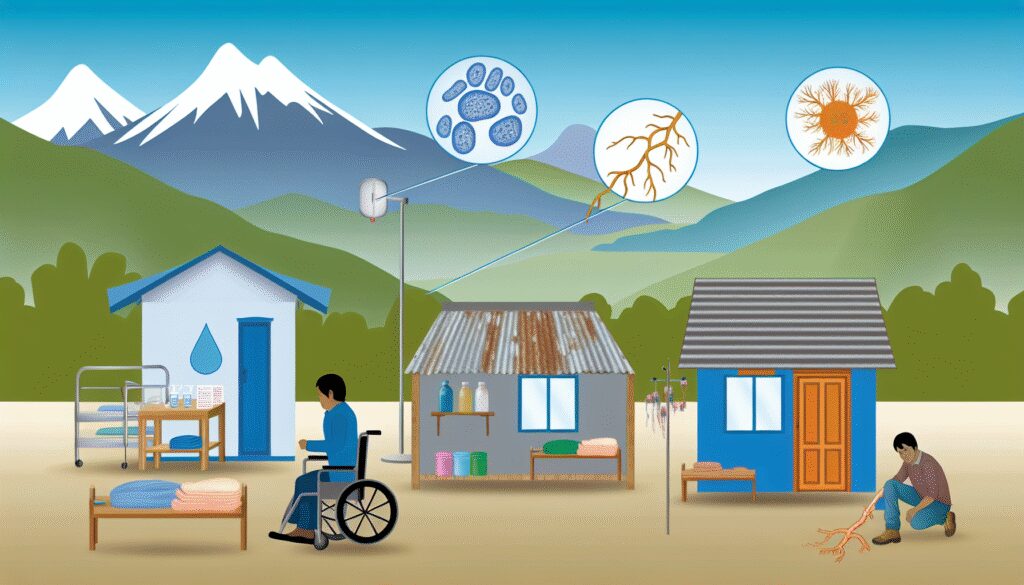
This article examines Guillain-Barré Syndrome (GBS), a rare neurological disorder, in Bhutan, highlighting challenges in diagnosis and management due to limited healthcare infrastructure and resources. It discusses delays in treatment, socioeconomic burdens, and systemic barriers, while offering recommendations to enhance diagnostic capacity and improve patient outcomes.
Kawasaki Disease in Suriname: Challenges in Diagnosis and Management in a Tropical Setting
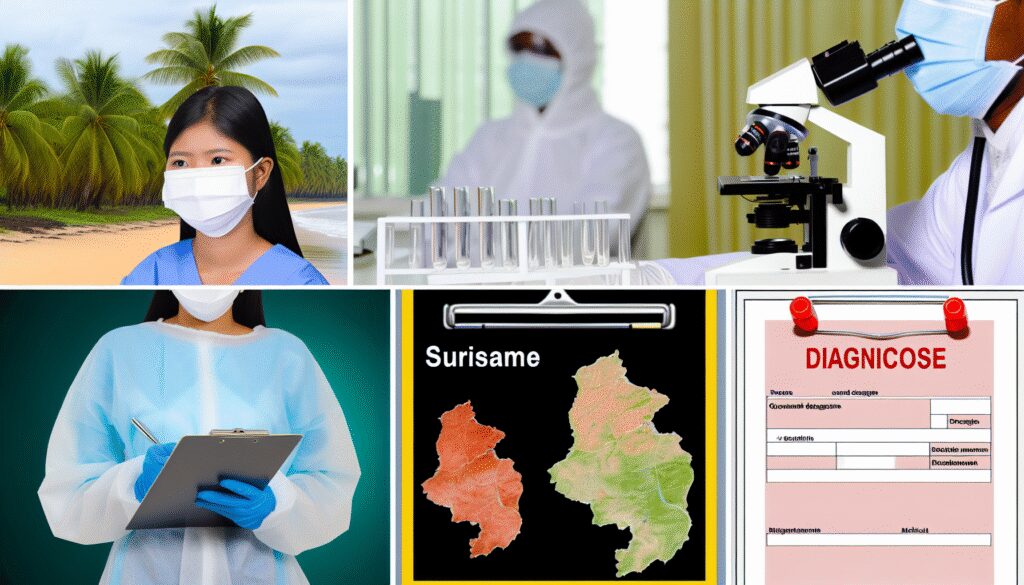
This article examines the challenges of diagnosing and managing Kawasaki Disease (KD) in Suriname, a tropical, resource-limited setting. It highlights diagnostic difficulties due to overlapping symptoms with endemic infections, limited healthcare infrastructure, and low clinician awareness. Recommendations include enhancing training, improving diagnostic access, and fostering international collaboration.
Creutzfeldt-Jakob Disease in Suriname: Challenges in Diagnosis and Public Health Response
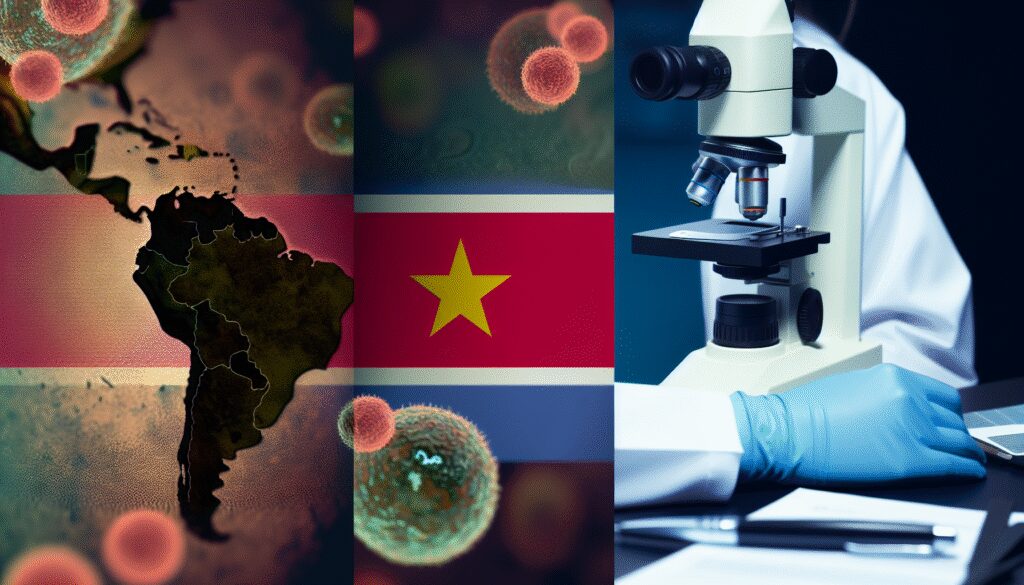
This article explores Creutzfeldt-Jakob Disease (CJD) in Suriname, highlighting diagnostic challenges due to limited healthcare resources, lack of specialized tools, and low awareness. It discusses CJD’s prion-based etiology, proposes enhanced surveillance and training, and emphasizes tailored public health strategies for resource-limited settings.
Erdheim–Chester Disease in Greenland: Challenges in Diagnosis and Treatment in a Remote Arctic Region

Erdheim–Chester Disease (ECD), a rare histiocytic disorder, poses significant challenges in Greenland due to limited healthcare access, diagnostic tools, and specialized treatments. This article examines ECD’s complex etiology, potential autoimmune links, and barriers in remote Arctic regions, advocating for telemedicine, training, and international collaboration to improve care.
Whipple’s Disease in Greenland: Challenges in Diagnosis and Management in a Remote Arctic Region
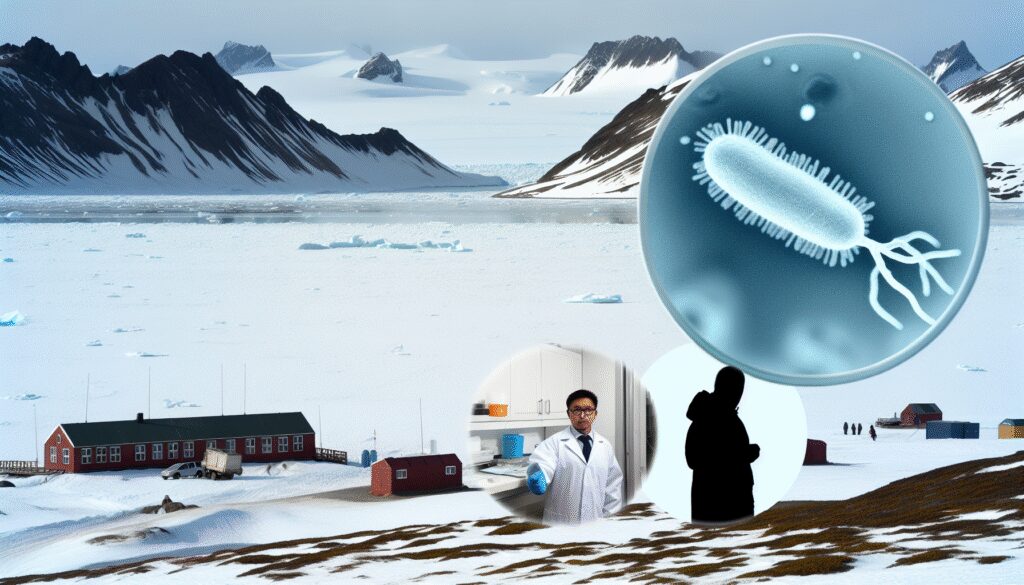
This article examines the challenges of diagnosing and managing Whipple’s Disease, a rare infection caused by *Tropheryma whipplei*, in remote Arctic regions like Greenland. Geographic isolation, limited healthcare resources, and cultural barriers hinder timely care, necessitating tailored approaches, enhanced diagnostics, and international collaboration for better outcomes.
Guillain-Barré Syndrome in Greenland: Challenges and Insights in a Remote Arctic Population
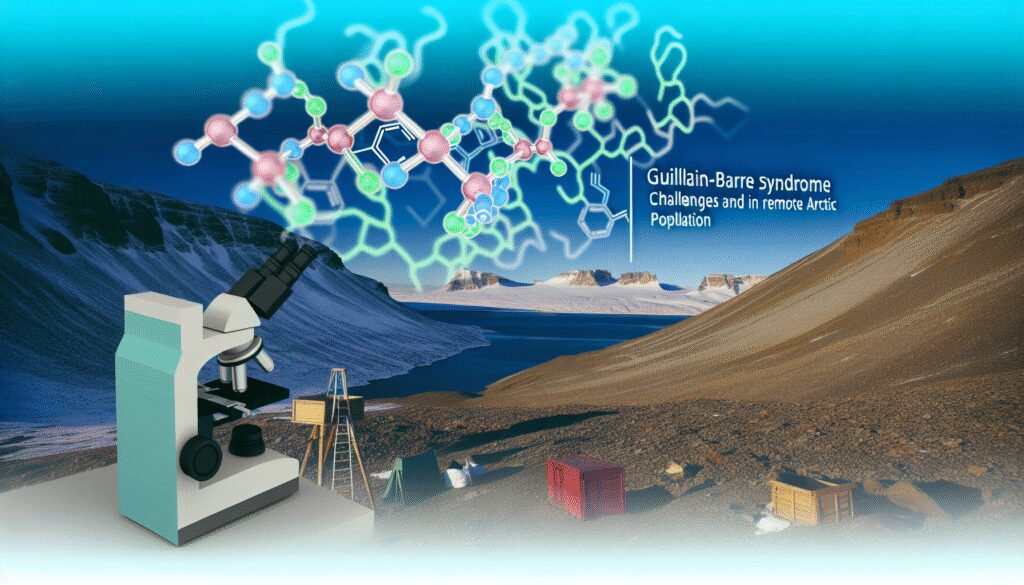
This article examines Guillain-Barré Syndrome (GBS) in Greenland, highlighting unique challenges due to geographic isolation, limited healthcare resources, and cultural factors. It explores GBS epidemiology, autoimmune etiology, and rare vaccine associations, offering recommendations for tailored healthcare strategies and international collaboration to improve diagnosis and management in remote Arctic settings.
Creutzfeldt-Jakob Disease in Brunei Darussalam: Challenges in Diagnosis and Public Health Response

This article examines the challenges of diagnosing and managing Creutzfeldt-Jakob Disease (CJD) in Brunei Darussalam, a small nation with limited healthcare infrastructure. It highlights gaps in surveillance, diagnostics, and public health response, while offering recommendations for improved detection, education, and international collaboration to address this fatal neurodegenerative disorder.
Unveiling Whipple’s Disease in the Cook Islands: Challenges and Insights in a Remote Pacific Setting
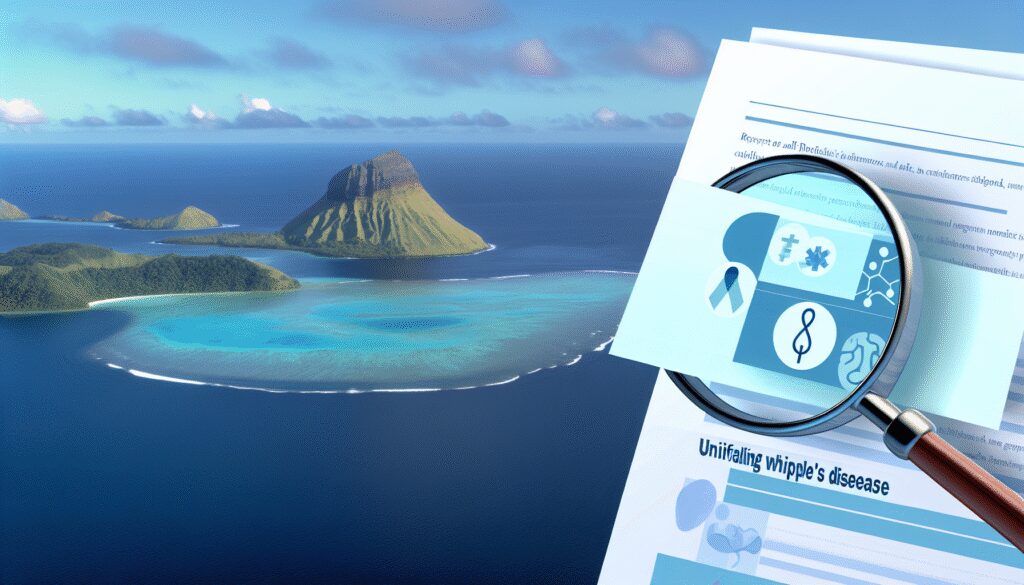
This article explores Whipple’s Disease, a rare infection caused by Tropheryma whipplei, in the remote Cook Islands. It highlights diagnostic and therapeutic challenges due to limited healthcare infrastructure, cultural factors, and isolation. Recommendations include improved diagnostics, telemedicine, and regional collaboration to address rare diseases in Pacific settings.
Erdheim-Chester Disease in Djibouti: Challenges and Opportunities for Diagnosis and Treatment in a Resource-Limited Setting

Erdheim-Chester Disease (ECD), a rare multisystemic histiocytosis, poses significant challenges in resource-limited settings like Djibouti due to inadequate healthcare infrastructure, limited diagnostic tools, and restricted access to therapies. This article explores these obstacles, ECD’s etiology including BRAFV600E mutations, and recommends capacity building, telemedicine, and international collaboration for improved management.
Guillain-Barré Syndrome in New Caledonia: Challenges and Insights into Regional Outbreaks

This article examines Guillain-Barré Syndrome (GBS) in New Caledonia, a Pacific Island territory, highlighting its epidemiology, regional outbreaks, and challenges due to isolation and limited healthcare resources. It explores GBS’s autoimmune etiology, links to infections like Zika, and vaccine associations, while proposing enhanced surveillance and tailored health strategies.
